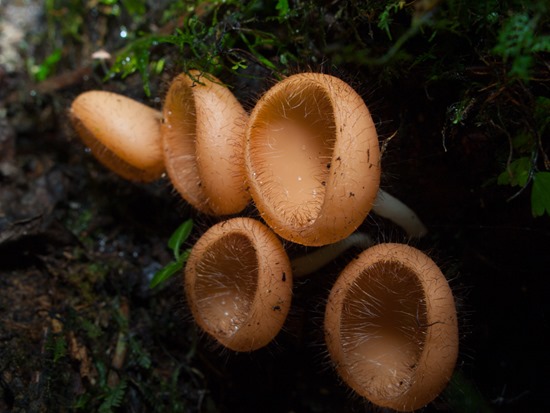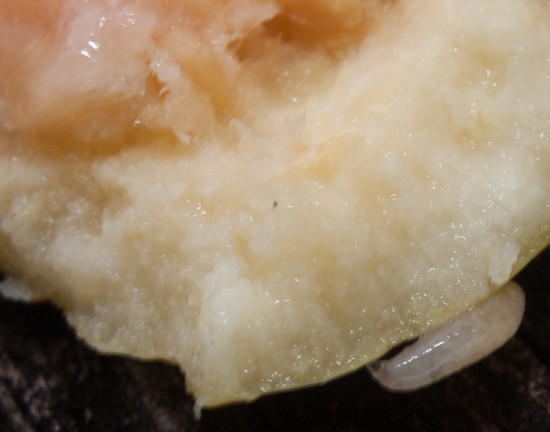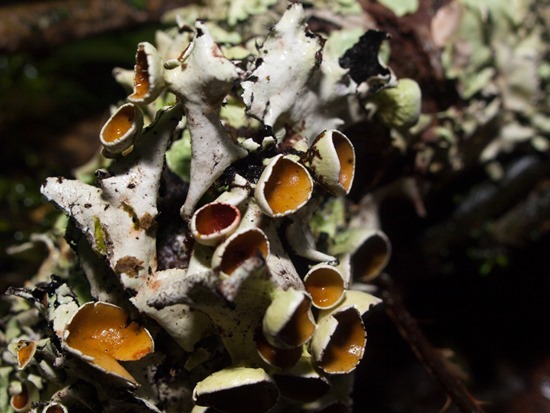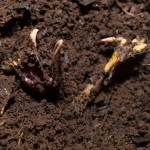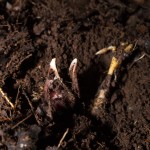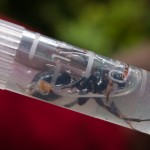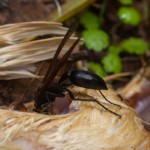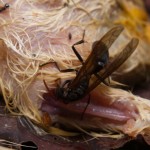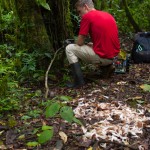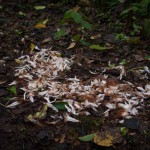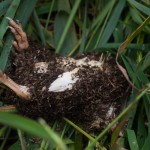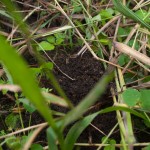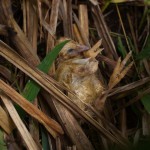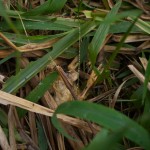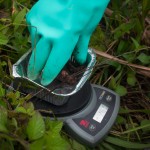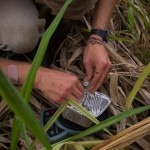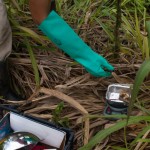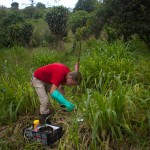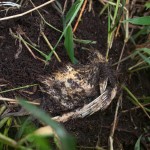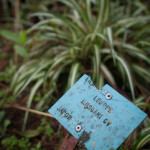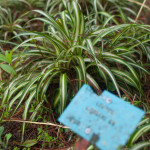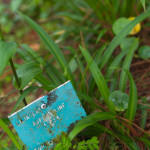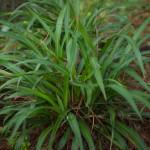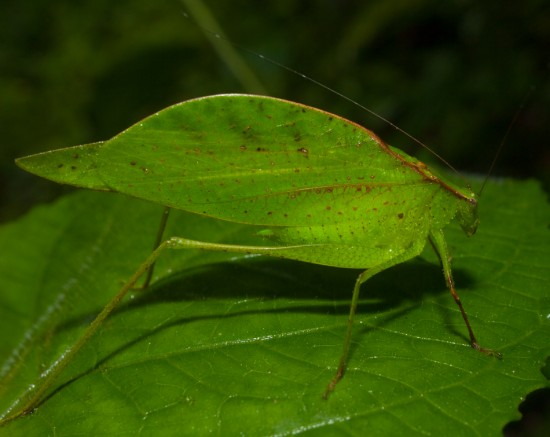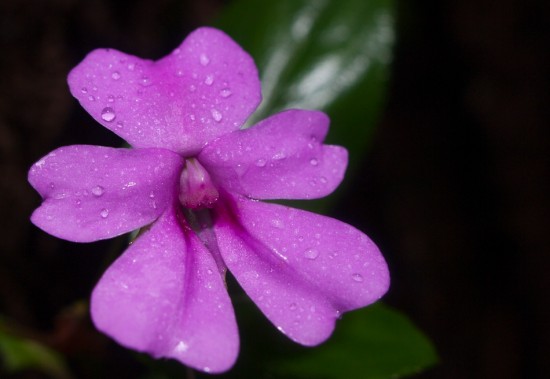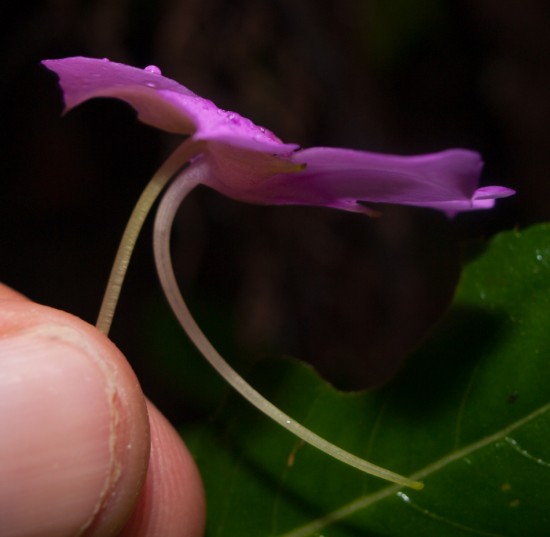An oddly hairy ascomycete.
Tag Archives: Costa Rica
Guava – An unpalatable story of language
Guava is a fruit with many names and many types, generally belonging to the genus Psidium. In Costa Rica, cas is a guava that is used to make delicious juice and has yellow or whitish, seed-filled flesh. In Nicaragua, cas is known as guayaba. And to an American English speaker, guava (the red-fleshed fruit often used to make guava jelly) is what ticos call guayaba, whereas ‘guava’ refers to a bean-like fruit from a tree in the genus Igna… I think. I’ve also heard cas referred to as ‘superfruit’ in English.
In any case, all of the fruits are good… unless they are parasitized by fly maggots. Or perhaps, that’s what you’re into:
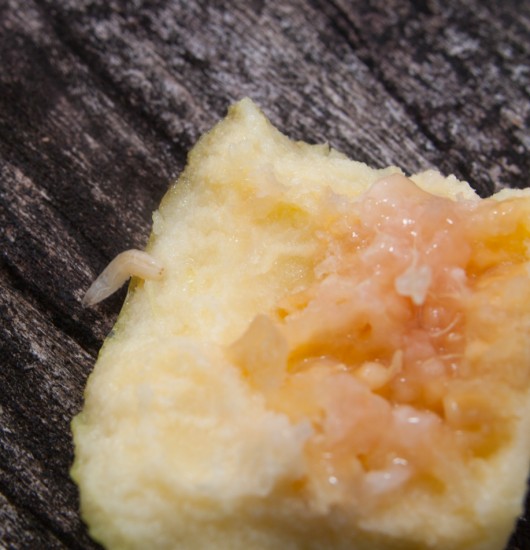
Lichen
Investigating animal decomposition in a tropical wet forest and agricultural lands
Michael, an undergraduate researcher out of Stanford, is working at Las Cruces on animal decomposition. Briefly, he’s set out freshly-killed adult chickens and chicks in forests and agricultural lands (i.e., pasture and coffee plantation) and monitors what happens…
He’s got camera traps trained on the adult chickens, and uses transects through both habitat types to pair replicate locations with both major habitats. It’s interesting (and rather smelly) work: there are a number of specialist scavengers that feed on animal matter, and the roles animal detritus (feces + dead animal) play in communities is often overlooked in light of the overwhelming biomass that plants input into detrital pools in ecosystems. Michael has already found some exciting facilitation effects within the scavenger community.
Michael was kind enough to take me along on one of his sampling dates.
Río Java flow
Spider plants
The Wilson Botanical Garden here at the Las Cruces OTS sation has over 3,000 species and 14,000 records. While exploring, I came across some spider plants… and it reminded me of the one I left in Savannah. While I think they are mis-labeled, here are a couple of species found at the botanical garden; mine looks more like the non-variegated specimen.

